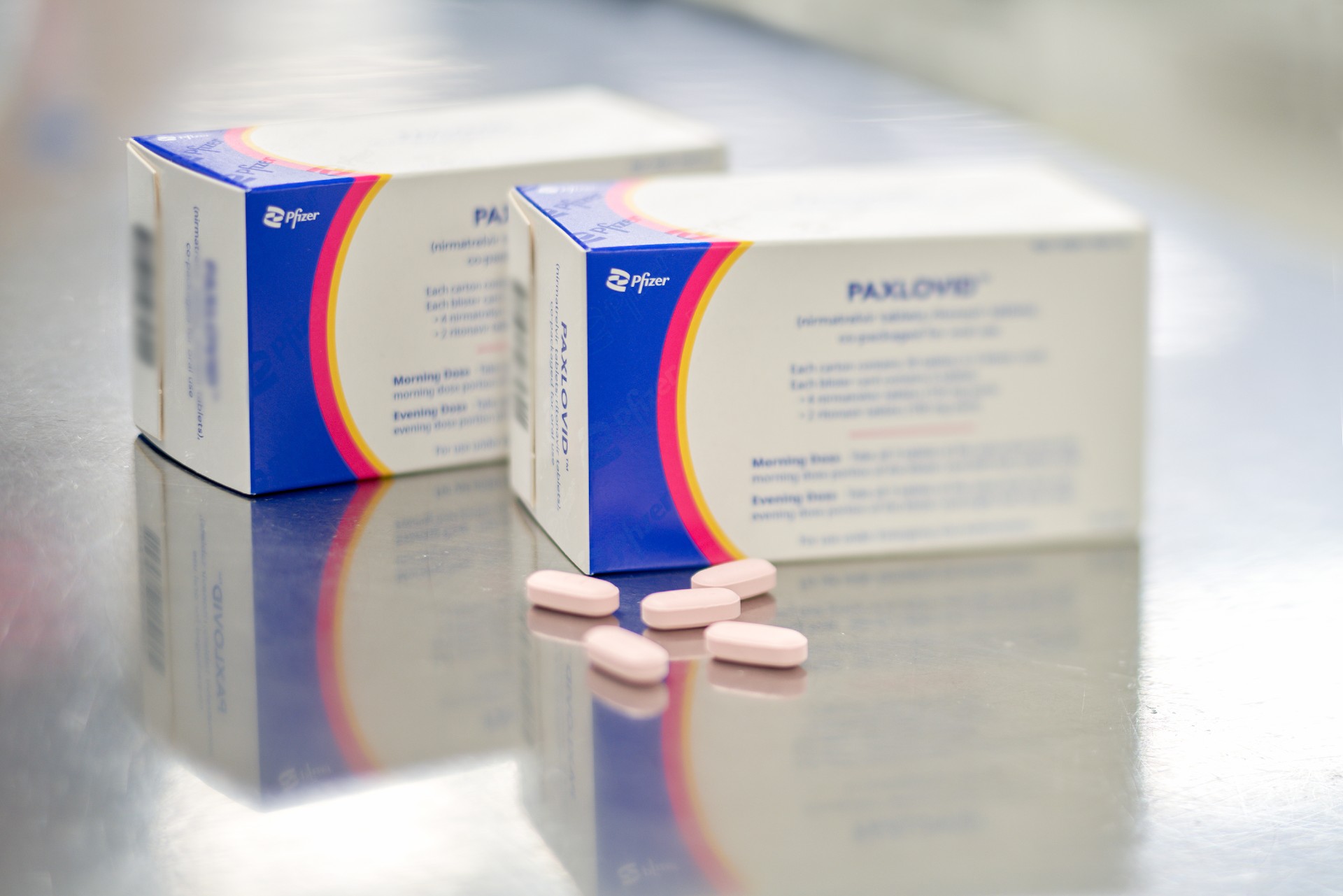More than 1,300 patients have recovered from Covid-19 with no side effects after taking Paxlovid, says health minister Khairy Jamaluddin. (Reuters pic)
PETALING JAYA: The antiviral drug Paxlovid will be available for free to Covid-19 patients at private health facilities, says the Health Minister.
Khairy Jamaluddin said the drug has been available at these facilities since Monday, and his ministry had distributed the circulars and guidelines on the expansion and use of the drug to private healthcare on June 16. ALSO READ: Covid-19: Over 1,300 patients recovered after Paxlovid treatment, says KJ “The provision of the drug to patients at private health facilities is free. However, patients are still subject to consultation charges and other related charges determined by the private health facility,” he added. Paxlovid is the first oral antiviral drug available in Malaysia that treats Covid-19 patients with mild to moderate symptoms or Categories 2 and 3. Khairy said priority would be given to the high-risk group of Covid-19 patients. ALSO READ: Covid-19: Over 1,300 patients recovered after Paxlovid treatment, says KJ The use of the antiviral drug started in health facilities under the ministry on April 15. Meanwhile, Khairy also said 107,844 individuals aged 12 and above had received their second Covid-19 booster jab as of Monday. He added that 57,834 out of the total were individuals aged 60 and above. ALSO READ: Covid-19: Health Ministry to prepare 3,000 courses of Paxlovid ahead of haj season “We encourage senior citizens and individuals with chronic conditions to get the second booster. To date, we have not received any reports on severe side effects following the second booster shot,” he told a media conference after launching the ministry’s Hospital Directors Conference at a hotel here. Covid-19 cases will fluctuate, and a potential new infection wave might emerge in the next few months, although the current situation is under control, said Khairy. “Perhaps we can expect a new wave within the next two and three months, but the magnitude is still unknown. “Based on epidemiological developments in other countries, a new wave could be ahead,” he added, encouraging high-risk individuals to be inoculated with the fourth Covid-19 vaccine shot. ALSO READ: Covid-19: Paxlovid antiviral to be free, enough supply to treat 48,000 patients Commenting on the rebooted immunisation programme for kids (PICKids), the minister said the decision was taken as the ministry found that there were children who had not received information on the previous immunisation programme. “As PICKids was announced to be ending for those children above five years old, the ministry realised that there are pockets of the population which had not received information on Covid-19 vaccines. “The ministry is now helping these groups get access to Covid-19 vaccination at its health clinics,” he added. Khairy said that 397 kids were inoculated on the first day of the five-day campaign, of whom 150 had just turned five.On Sunday, Deputy Health Minister Datuk Dr Noor Azmi Ghazali announced PICKids would reopen from Monday until Friday in conjunction with the 2022 National Immunisation Week.
Join our Telegram channel to get our Evening Alerts and breaking news highlights
Paxlovid to be available soon in private hospitals, says ...
Health Ministry detects babies, children dropping out of immunisation...
Paxlovid now available in private health facilities - FMT

Paxlovid Now Available For Free In Private Hospitals
Pfizer's Covid-19 pill, Paxlovid. Picture from Pfizer.
3 ways to get COVID pills, if you've just tested positive - NPR
13 Things To Know About Paxlovid, the Latest COVID-19 Pil
Covid-19: Paxlovid antiviral to be free, enough supply to treat ...
Pfizer scams the world with US$22 billion in sales of Paxlovid to treat Covid.*
*Now finds that Paxlovid does not work and may cause rebound of disease*
Pfizer’s Covid Pill Doesn’t Work For Healthier Patients, Will Focus on Those With Higher Risk
Malaysia has ordered 200,000 doses of the expensive drug.





